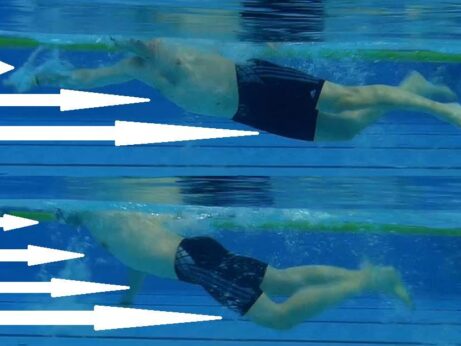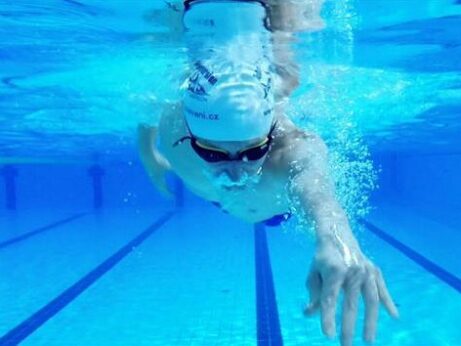Coordination and Integration – Why Is It Important for Your Swimming
Try to imagine how it would feel to play a soccer with arm strapped tightly to your sides. Or to ski downhill.
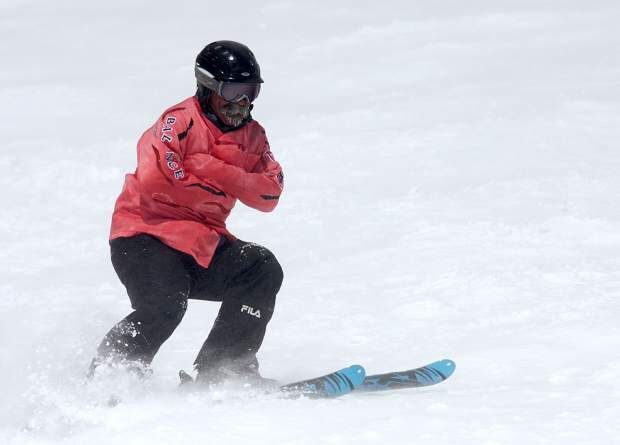
Or try to imagine to swing at a golf ball only with your arms.
All of these athletes use the whole body.
Now consider the most basic forms of human locomotion: walking, running or skating. All have this in common: contra-lateral relationship between upper and lower body.
One arm and the opposite leg move forward together. As they do, muscles in the core create an integral connection between upper&lower and left&right halves of the body.
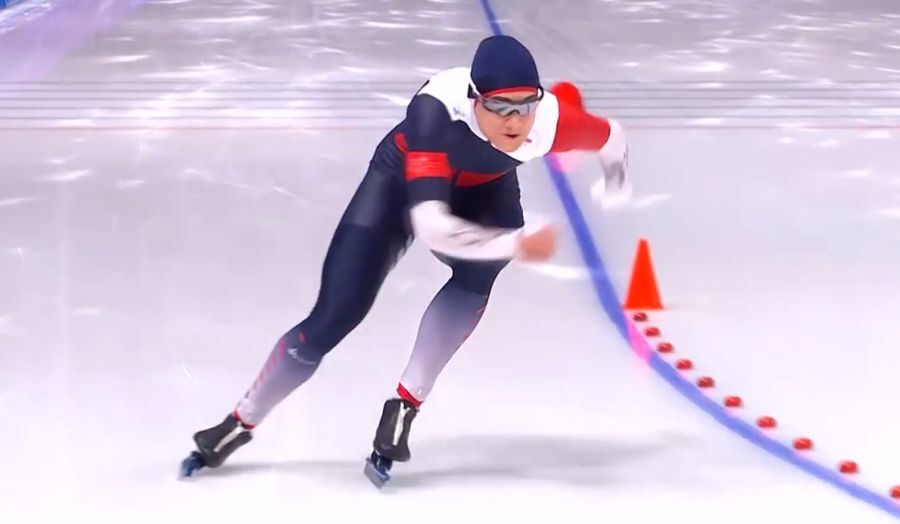
These examples illustrates that the body is designed to work as one. All parts cooperate in a complex and elegant way.
That elegance is displayed in the economy and grace of first-class dancers, artists or athletes. Their performance leaves most of us breathless.
They acquire that marvellous ability through practice that is devoted to honing a seamless integration of head, torso and limbs. To practice otherwise makes no sense.
So it is strange to find an exception. That exception is swimming.
This begins as a struggle to survive, but over time has evolved into a belief system nobody questions.
If you watch a beginner swimmer, you will see furious arm and leg movement and a lot of churning water. Great effort but little forward movement.
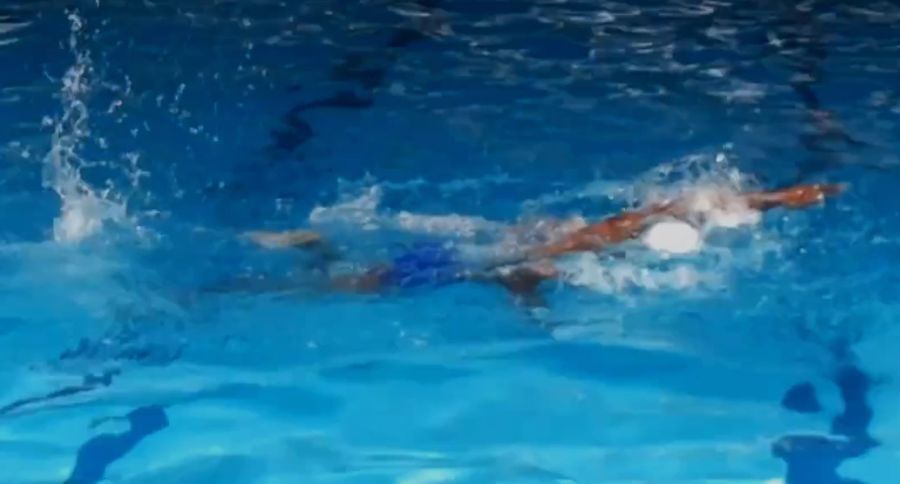
Our concern mainly was to avoid sinking. We were lucky if we achieved some locomotion. Survival mode gave us no chance for integration and synergy.
And if you work with a traditional swimming coach, it is almost certain you’ll be taught to kick and pull independently.
Legs are given their task and arms are given their task.
Terry Laughlin, founder of Total Immersion, says:
It seems that a style of swimming that begins as a hopelessly inefficient survival instinct evolved to become a nearly universal and seldom questioned cornerstone of teaching and training. One that mainly makes inefficiency, struggle and frustration a habit (and a very strongly ingrained one).
Is struggle and frustration your case as well?
Then let’s change it. Stop doing what’s not working. Stop fighting against the water and learn how to be comfortable and in ease. Then master balanced and streamlined body position. Only then focus on propulsion from coordinated and integrated whole-body movement.
What is your experience with swimming instruction? Was it only to struggle through? I am curious and appreciate if you leave a comment below.
If you’d like to transform your swimming, a good start might be Freestyle Mini-Course. Now at an introductory price (80% off).

